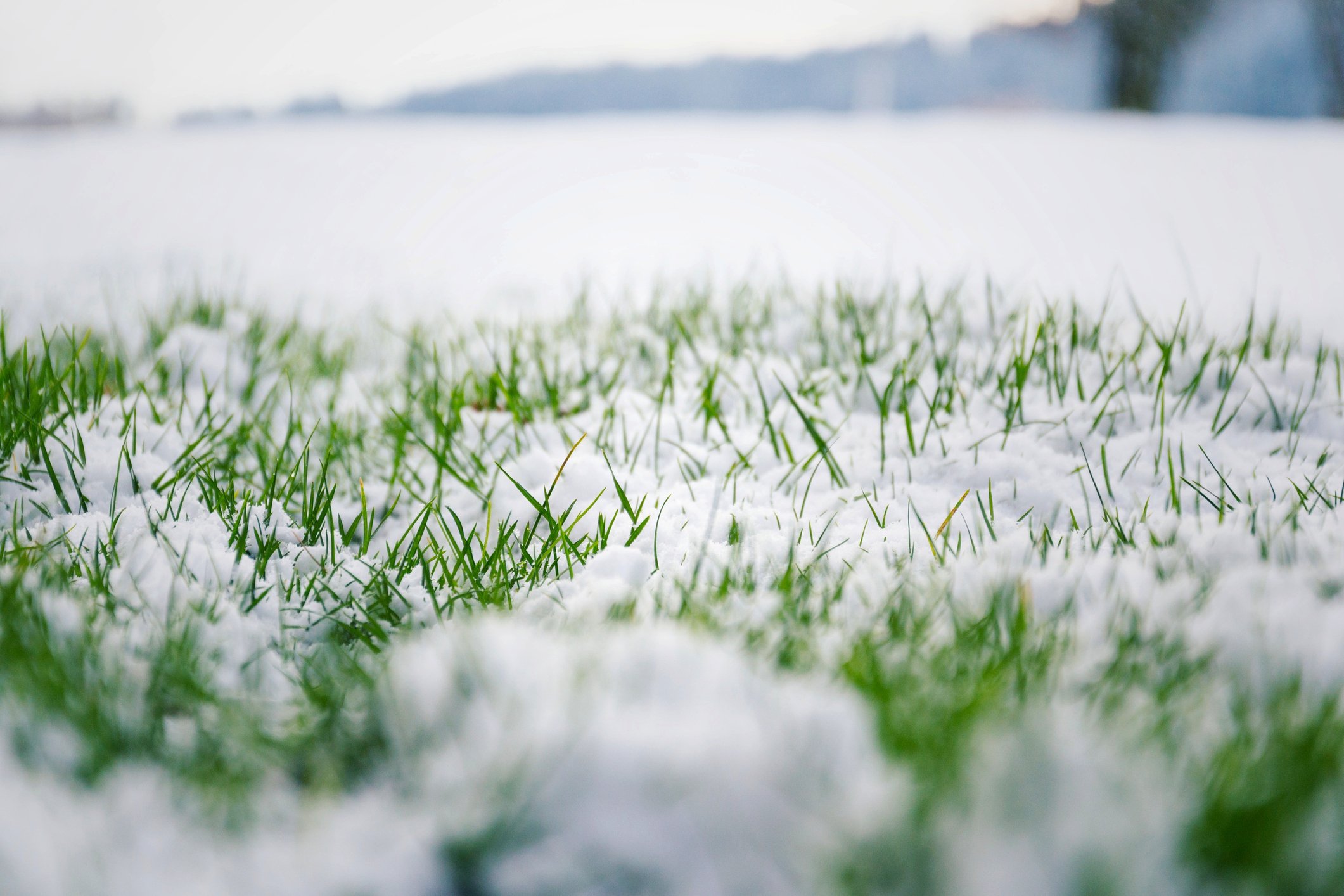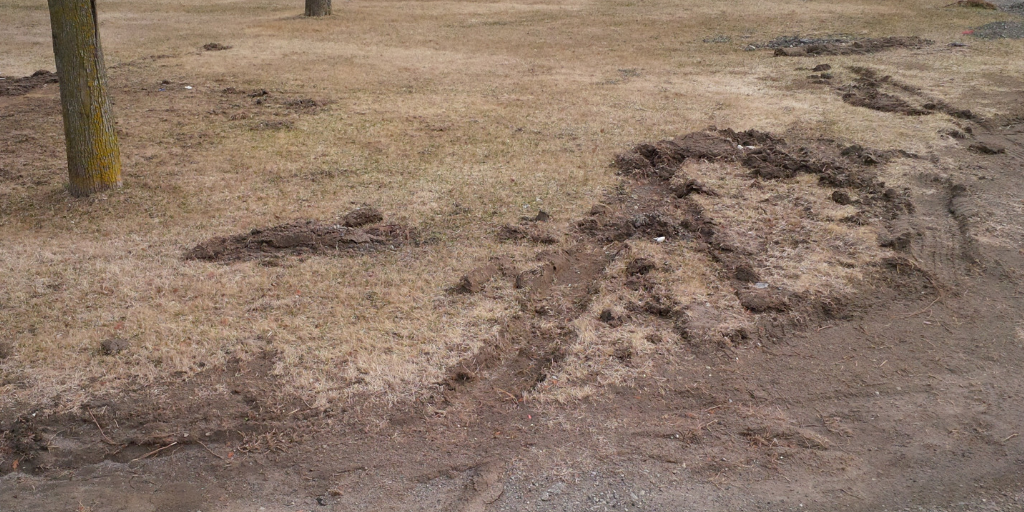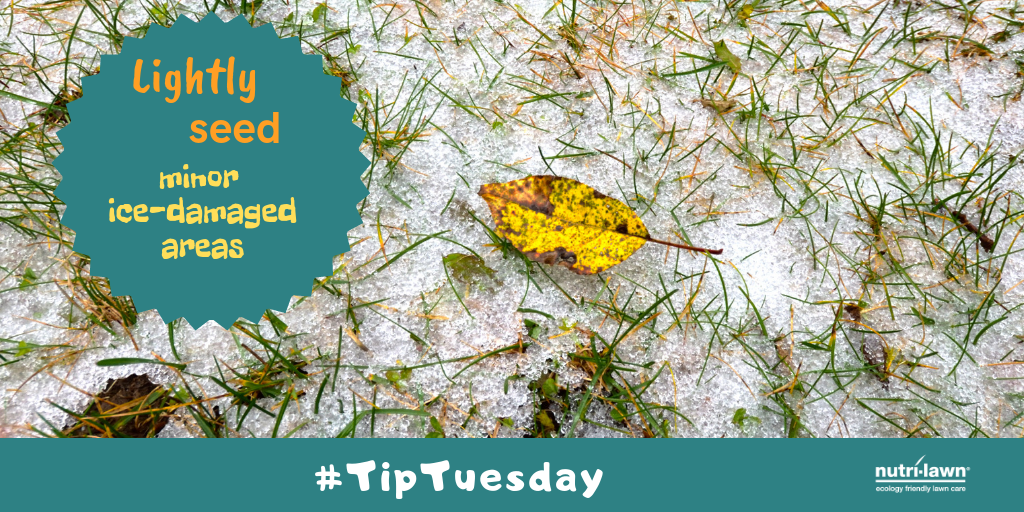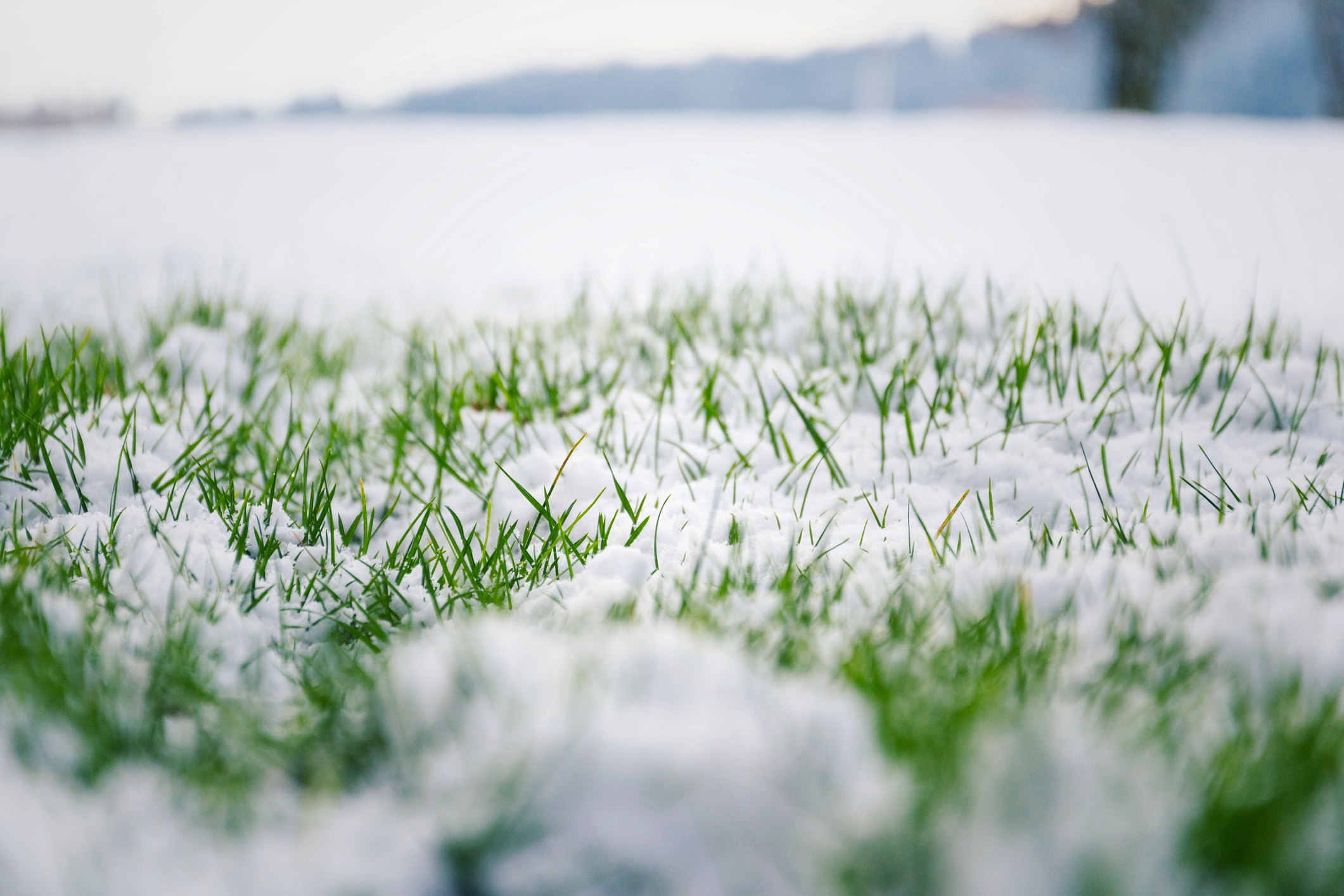
What do you love most about winter, dedicated reader? Is it the gentle stillness of a fresh snowfall? The frozen ponds and powder-filled ski hills found throughout Canada? Perhaps just the changing of the seasons; which marks another year on this big, beautiful planet we call earth? Whatever your reasons are, we're fairly certain that winter lawn damage is nowhere near that list.
Here at Nutri-Lawn, we know that understanding winter damage can provide helpful insight on prevention methods, and help determine what course of action might be required to fix a damaged lawn. Realizing you have winter damage come springtime can be quite the disappointment, but that disappointment should soon give way to determination and resolution as you use the methods outlined in this article to nurse your lawn back to health.
Salt Damage
Road salts and ice melters are used across the country to prevent the buildup of snow and ice during the winter months, and where would we be without them? However, the concentration of these salts that accumulate in places where snow is piled can be very hard on the lawn and the soil, creating damaged areas that rear their ugly heads in spring.
Salt accumulation removes moisture from the soil, preventing it from getting to the plants roots. When this happens plants become dehydrated and die. Salt accumulation also prevents and blocks the plant from absorbing the essential nutrients it requires to grow healthy - including potassium, calcium, and magnesium - instead absorbing sodium and chloride that can become toxic.
To help encourage a quick recovery, aggressively flushing the salt damaged areas with deep water soakings can help leach away the salt below the root levels of the lawn. Core aeration and overseeding practices can also help re-establish turf in the damaged areas, while an application of gypsum will also help free up and break down the salt accumulation in the soil.
Snow Plow Damage

Severe damage is caused when snow plow blades dig in along the edges of the lawn, causing it to lift, rip, tear and slice, removing sections of the turf completely. Unfortunately, this usually transpires without most people ever knowing what's actually happening until the snow melts and their lawns end up looking like the above image (although in most cases, the damage is not nearly as extensive).
To add insult to injury, irrigation sprinkler heads are also often damaged, too. Irrigation sprinklers are commonly installed along the edges of the lawn, making them very vulnerable to plow damage if they are not marked properly. The same can be said for landscape lighting systems that border edges and can easily be damaged from plowing. Tires rutting from truck or tractor mounted plows can also create noticeable damage on the surface when they drive over the lawn.
Depending on the extent of the damage, a number of options can be used to repair areas affected by snow plow intrusion. The most severe damaged sections missing chunks of sod may be repaired by piecing back together the removed pieces if they are still intact enough. Another option could be to re-sod these areas if the torn up sod is too badly damaged. For areas that only sustained minor damage, aggressive overseeding and topdressing practices can help re-establish turf.
Ice Damage

The extent of the turf damage is first visible when the snow and ice melt away, and in many cases this damage may be isolated to only certain areas of the lawn. Usually, the damage can be found in the lower lying spots and also in the shaded areas where the ice coverage persisted the longest. If complete death has occurred, an aggressive combination of renovation practices such as slitseeding, topdressing, and core aeration will help repair these areas. If the damage is sparse and only appears minor, the lawn can usually recover on its own or a light seeding can help speed the recovery up.
Click below to download our free winter eBook, which outlines all of these common winter issues and how you can address them. For more winter lawn care tips, follow us on social media for new updates every week.








